Homemade bug spray – 9 mixtures to keep your plants pest-free
These easy to make solutions will effectively tackle your plant pest problems
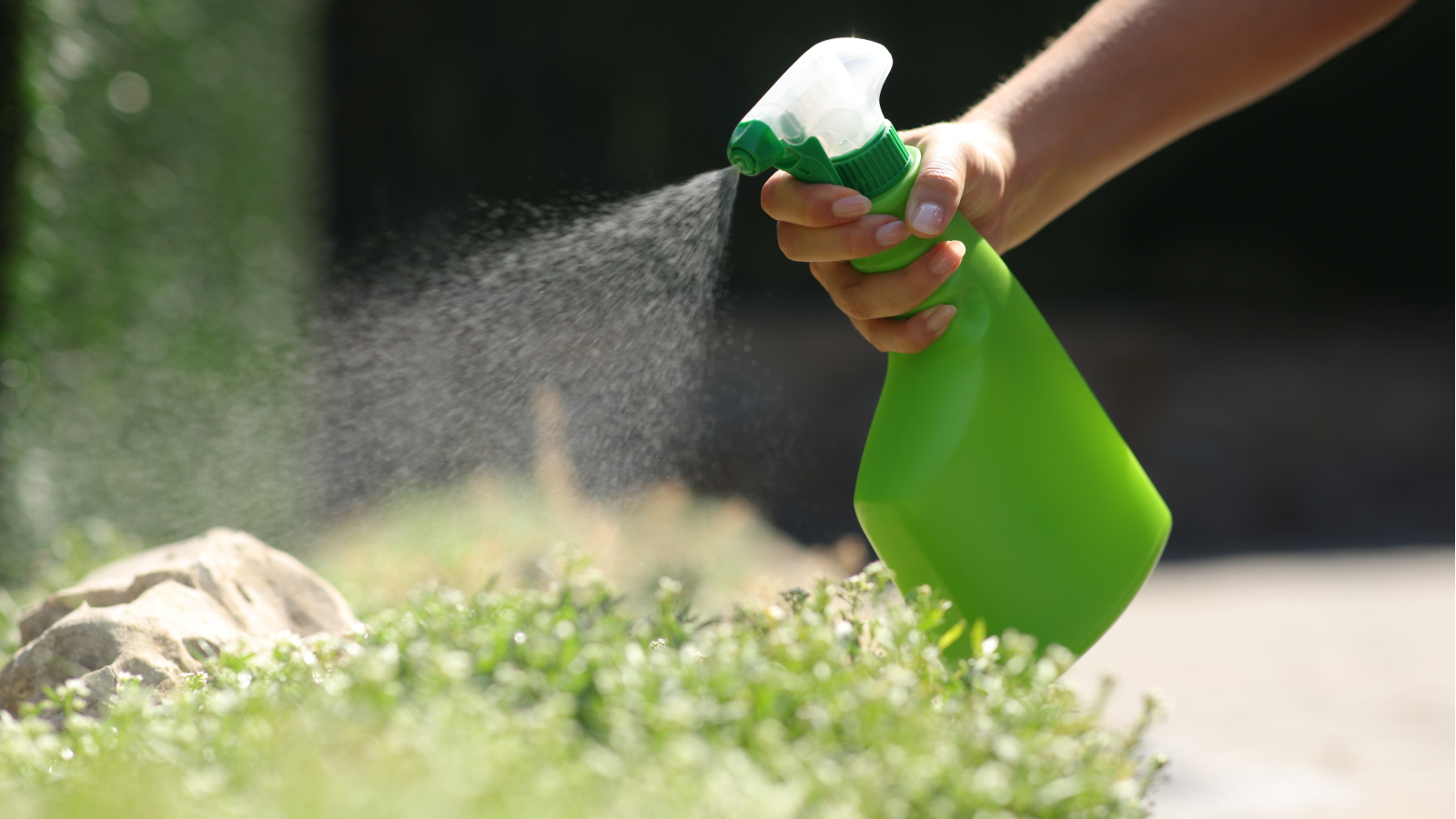

Every gardener knows insects are a valuable part of our gardens' ecosystems, but they can also become a nuisance in our backyards. This is especially true when they tuck into vegetable crops or eat their way through our flower buds before they bloom.
These moments can have us reaching for the insecticides. However, filled with toxic chemicals, commercial insecticides often stand at odds with the sustainable garden ideas we want our plots to embody. Instead, pest and gardening experts recommend using all-natural alternatives that can easily be made at home with a few simple ingredients. This is where homemade insect sprays and deterrents come into their own.
Created from pantry staples or items you might find growing in your garden, these sprays are quick and effective ways to ward bugs off your prized outdoor plants and indoor plants. Here are a few mixtures to try at home.
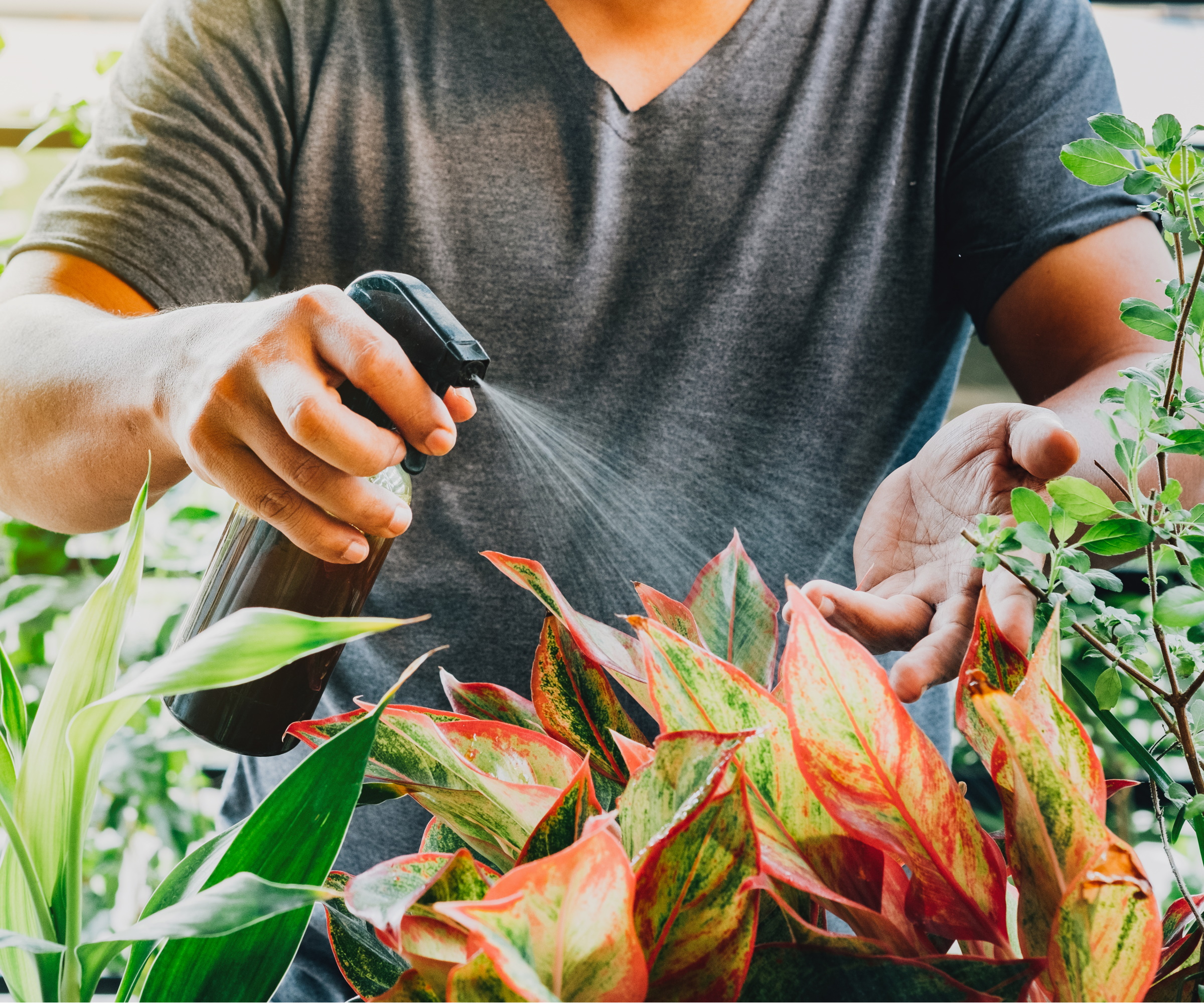
9 homemade bug spray recipes
Before you start making just any bug spray, there are two things to first consider.
Jeremy Yamaguchi, gardening expert and CEO of Lawn Love explains: 'Some homemade bug sprays are better for repelling bugs, while others are better at directly killing them. For example, garlic spray can be great for repelling bugs because of its intense odor. Bugs will steer clear, but if they are actually sprayed by it, they won’t actually die. On the other hand, oil spray can be excellent at actually killing bugs. Its thick consistency smothers them on the spot.'
In addition to working out whether you want to create a pesticide or pest repellent before you create your bug spray, you must determine which kind of bug you would like to target and what naturally kills or deters them. For instance, citronella oil is a scent that will deter mosquitoes, peppermint oil is effective against ants and spiders, while neem oil mixed with water can make the perfect DIY aphid spray.
Considering these factors will guide you in choosing the best spray for your pest problem from our expert list below.
1. Insecticidal soap
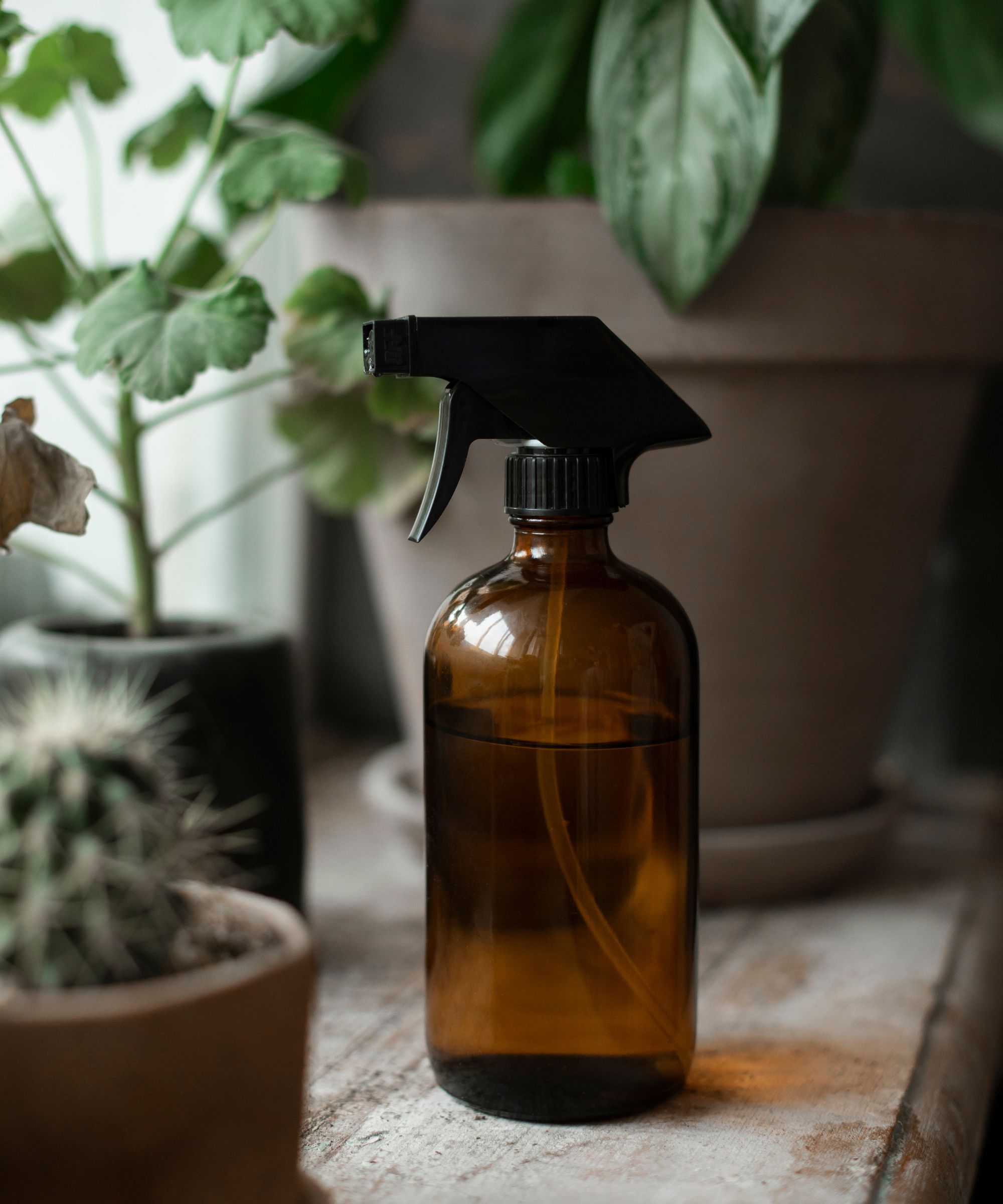
A popular spray for treating a wide range of pests, homemade insecticidal soap consists of soap, oil and water. Homemade insecticidal soap is often the first port of call for many gardeners as the ingredients are all store cupboard essentials.
Insecticidal soap is one of the best ways of getting rid of aphids, as well as lace bugs, leafhoppers, mealybugs and thrips.
To create insecticidal soap, combine one cup of vegetable oil with one tablespoon of dishwashing soap or pure castile liquid soap at Walmart. For this method, as well as any others that call for dishwashing soap, avoid those containing a degreaser or bleach, as these can cause more harm than good. Use this oil and soap mixture as a concentrate and dilute one teaspoon with two cups of warm water into a spray bottle. Once mixed with water, the solution’s efficacy will only last for a day.
Remember, before using any of these bug sprays on your plants, always do a patch test. Spray a small amount onto a few leaves of the plant and wait 24 hours to see if there is any damage. Avoid using sprays on plants during the heat of the day as exposure to the sun can cause leaf burn.

Jeremy is a gardening expert who advises on a range of gardening matters. As the CEO of Lawn Love, Jeremy helps homeowners find quality, reliable lawn care.
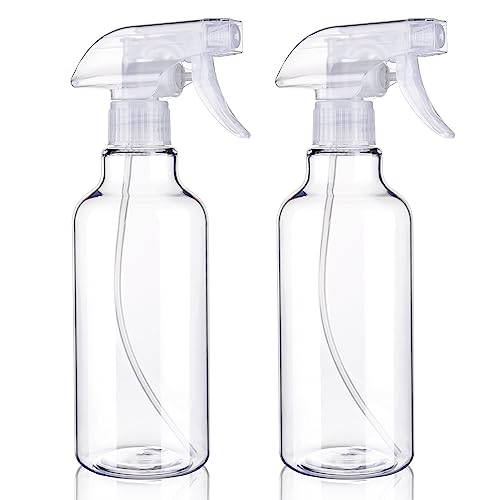
This pack of two empty spray bottles also comes with a spare nozzle, funnel and two caps. Perfect for homemade sprays, cleaning, cooking and hair care products.
2. Neem oil bug spray
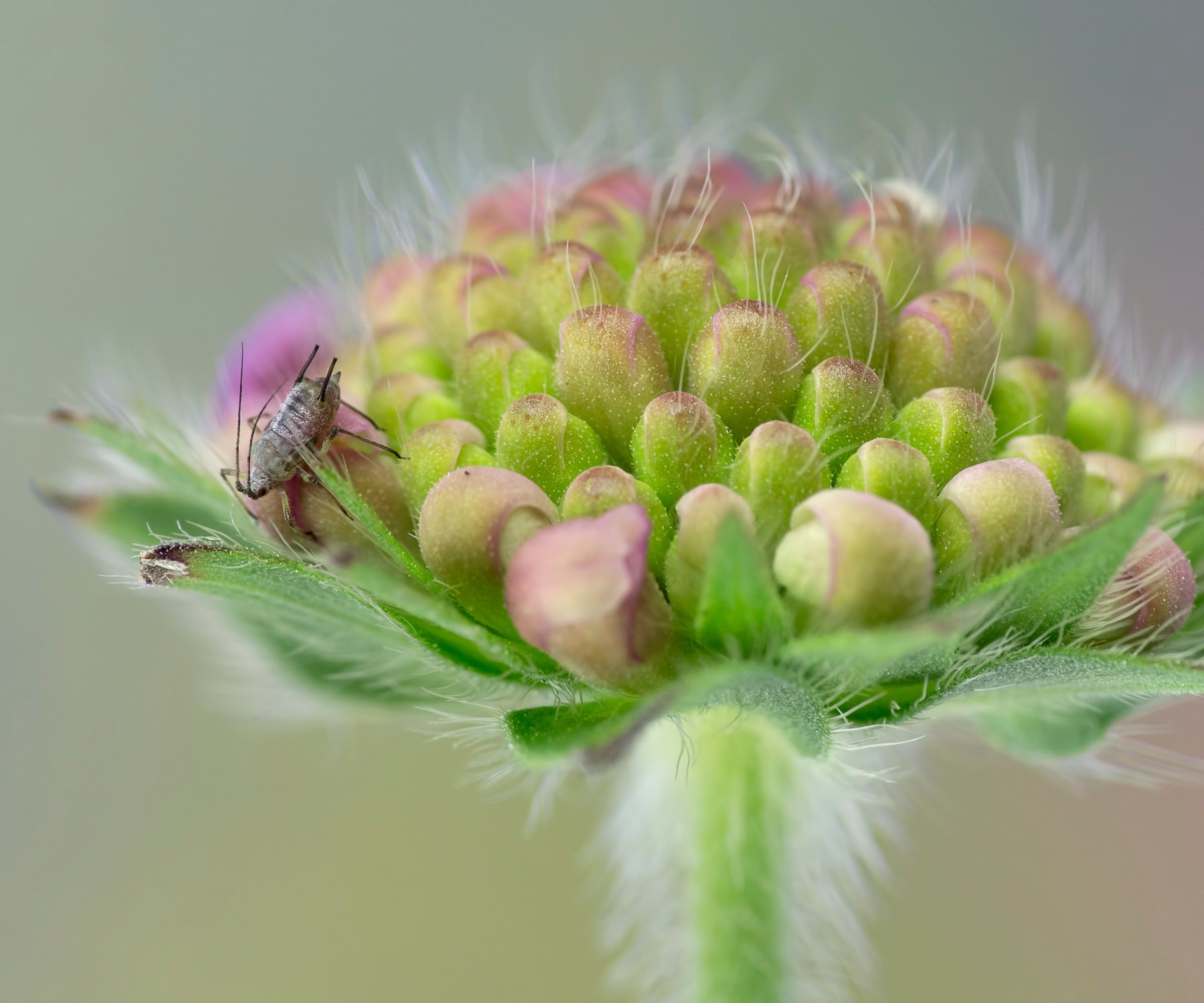
An organic insecticide, neem oil has seen a rise in popularity as a method to treat everything from insects through to fungi.
'Neem oil is effective against a wide range of pests, including aphids, spider mites, whiteflies, thrips, and mealybugs, at every stage in their life cycle,' says Tony O’Neill, gardening expert at Simplify Gardening. Using neem oil on plants also helps to get rid of powdery mildew, too.’
To use neem oil as a homemade bug spray, mix one to two tablespoons of pure, cold-pressed neem oil, at Walmart, with a gallon of water. You can also add one to two teaspoons of dish soap to the mix to help the neem oil adhere to the plants. Spray directly onto affected plants, covering all surfaces, including the undersides of leaves.
Alternatively, you can use neem oil as a root soak to treat root rot. Mix one gallon of water with two tablespoons of neem oil and one teaspoon of pure Castile liquid soap (to help the neem oil adhere). Apply a small amount as a test and wait 24 hours. If all is well, then apply two or three cups to the soil around the plant, then continue the treatment as a replacement for the watering cycle. Apply every one to two weeks as needed.
A benefit of using neem oil over other pesticides is it doesn't harm birds, pets, or beneficial insects. This is because neem oil gets absorbed into the plant’s tissue rather than just sitting on the surface and so only affects any insects that ingest the plant.
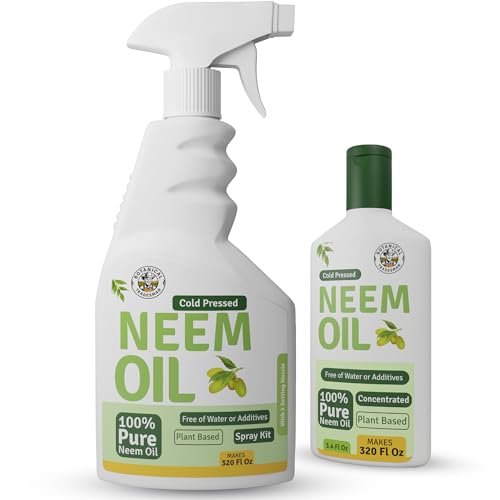
This neem oil kit comes with a spray bottle ready for use and a refill bottle. In total, this kit makes 320 Fl oz of neem oil.

Tony O'Neill is a gardening guru, always ready to help anyone develop a green thumb. Through his website, Simplify Gardening, and his books on composting and vegetable gardening, he aims to demystify the art of growing everything from plants to produce.
3. Vinegar spray
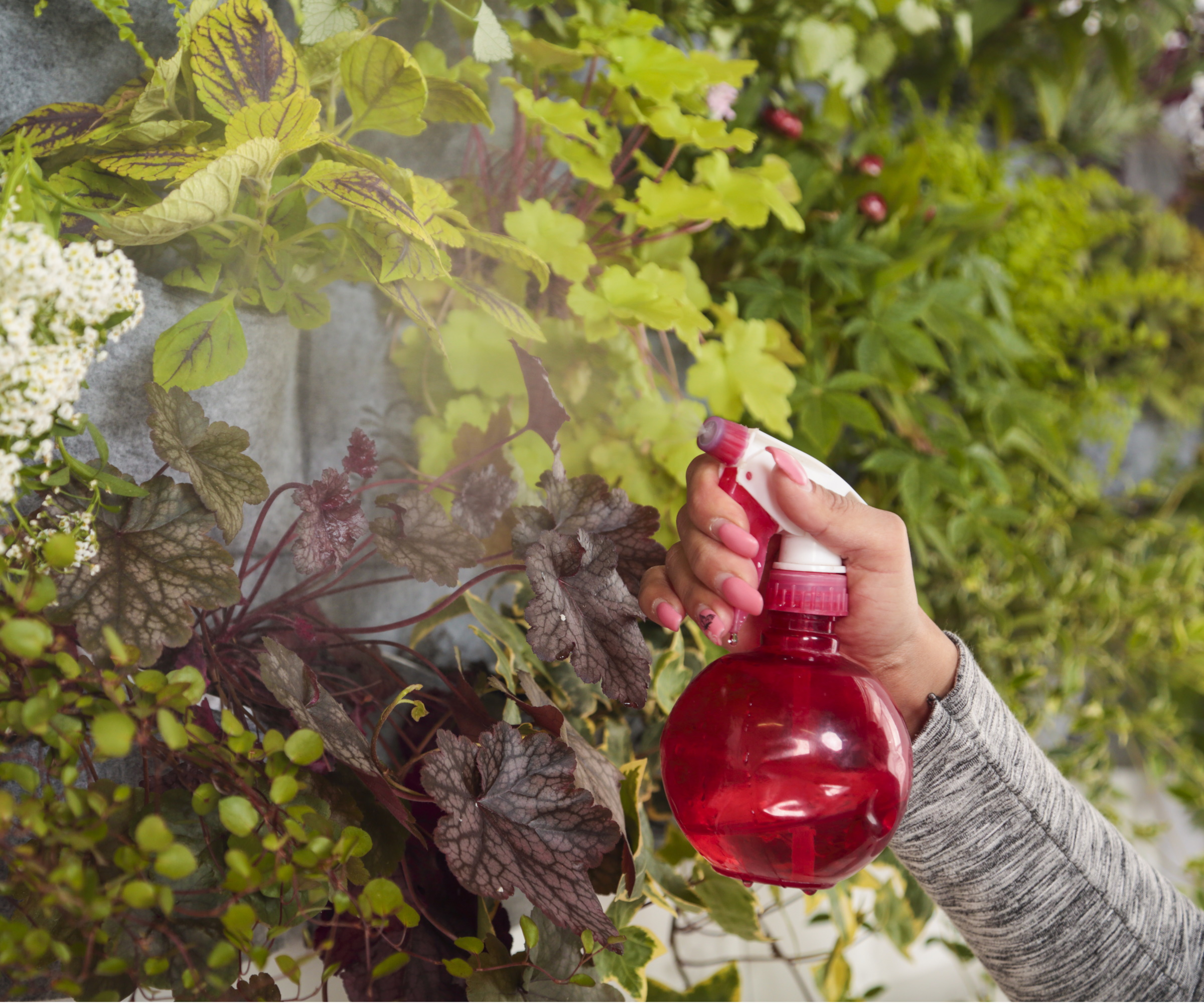
It seems there is no end to the abilities of vinegar, especially when you take into account the numerous ways of cleaning with vinegar, but did you know it can also be used as a bug spray?
Vinegar, whether white or apple cider, is one of the simplest and most effective sprays for killing and repelling common pests, including ants, moths, roaches, mosquitoes, bed bugs, fruit flies, spiders and horseflies.
Simply mix one cup of white vinegar, at Walmart, with three cups of water. You can also add half a teaspoon of dishwashing soap to help the solution adhere. Shake thoroughly and apply to the affected areas.
The acetic acid in the vinegar will treat a wide range of garden pests but it requires contact. If you have whitefly eggs be sure to spray under the leaves. Furthermore, white vinegar has a strong odor which has been reported to repel ants and other scent-driven pests.
'If you want to treat houseplants with a vinegar spray, try adding a few drops of essential oil or some slices of lemon peel or rosemary sprigs to help temper the vinegar smell,' advises gardening expert and editor at Gardening Know How, Melanie Griffiths.
You have to add lemon peels top it up with white vinegar and let it infuse for two weeks. After that, you can take the infusion, add an equal amount of water, and spray on windows to repel ants.
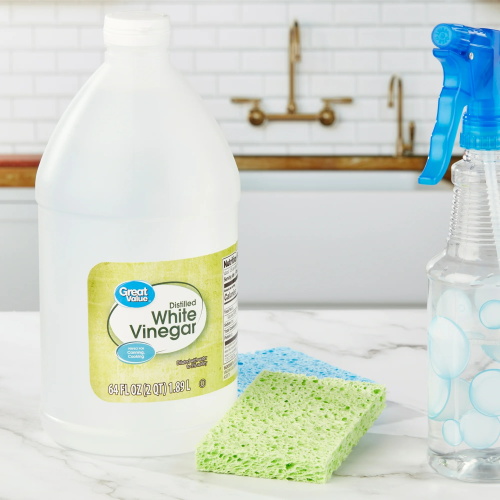
This vinegar is diluted with water to five percent acidity . It can be used for cooking, cleaning and more.

Melanie has worked in homes and gardens media for two decades. Having previously served as Editor on Period Living magazine, and worked on Homes & Gardens, Gardening Etc, Real Homes, and Homebuilding & Renovating, she is now focusing on her passion for gardening as a Senior Editor at Gardening Know How.
4. Garlic spray
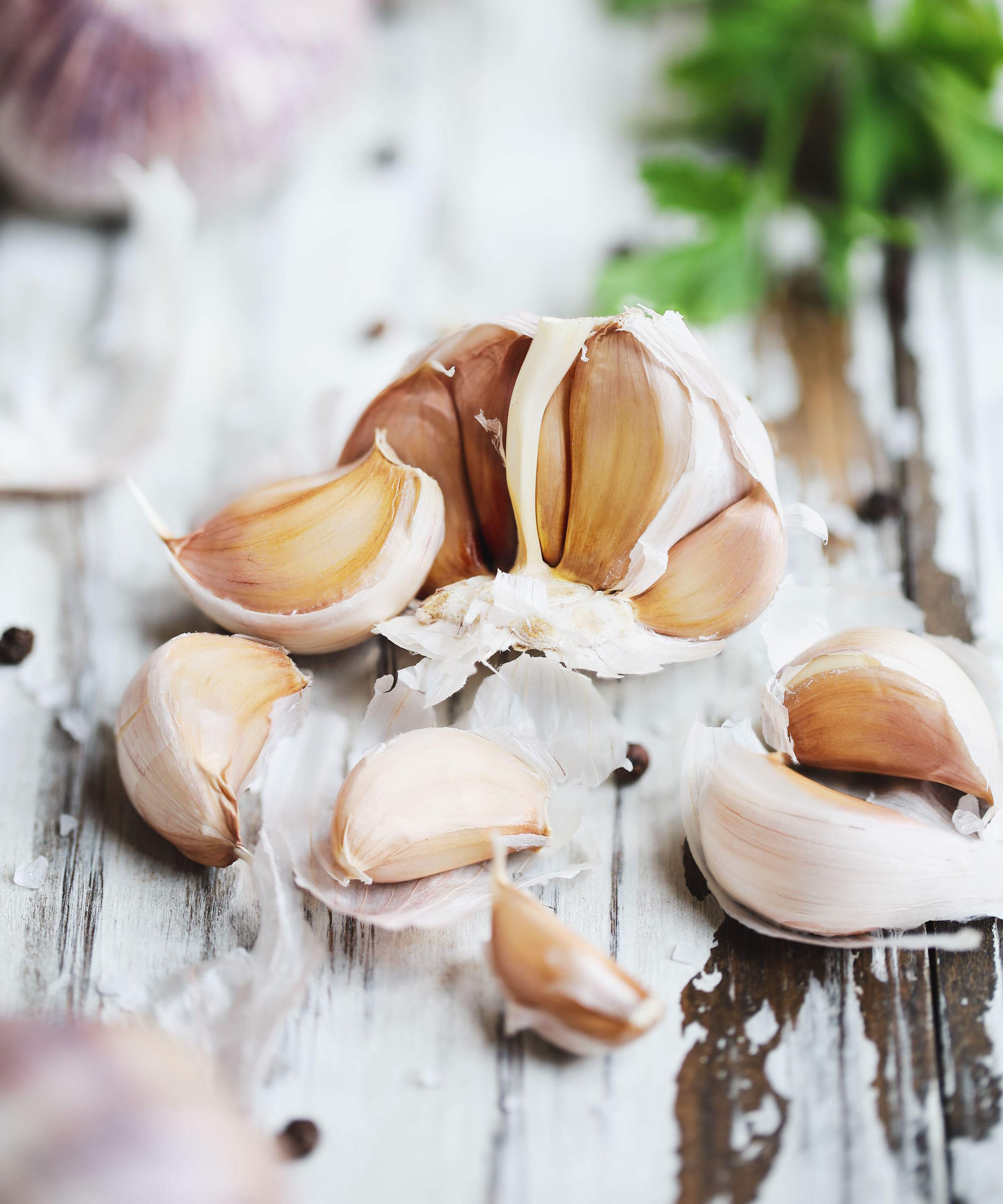
You may have heard onions and garlic make good companion plants as the scent of their foliage helps to repel aphids, slugs and carrot flies. Well, this spray takes it to the next level.
You can puree two garlic bulbs with one tablespoon of vegetable oil and let it sit overnight. You can then strain it, add one teaspoon of mild liquid soap and four cups of water. Put your mixture in a spray bottle to use.
Store this mixture in the fridge until needed. In the evening, spray both sides of the leaves with the spray and then reapply every few days when your plants are suffering from infestation. Alternatively, use every one to two weeks as a deterrent.
If you want to be even more sustainable, try learning how to grow garlic so you can have an endless supply of garlic spray – plus extra cloves that you can add to your favorite meals.
5. Tomato leaf spray
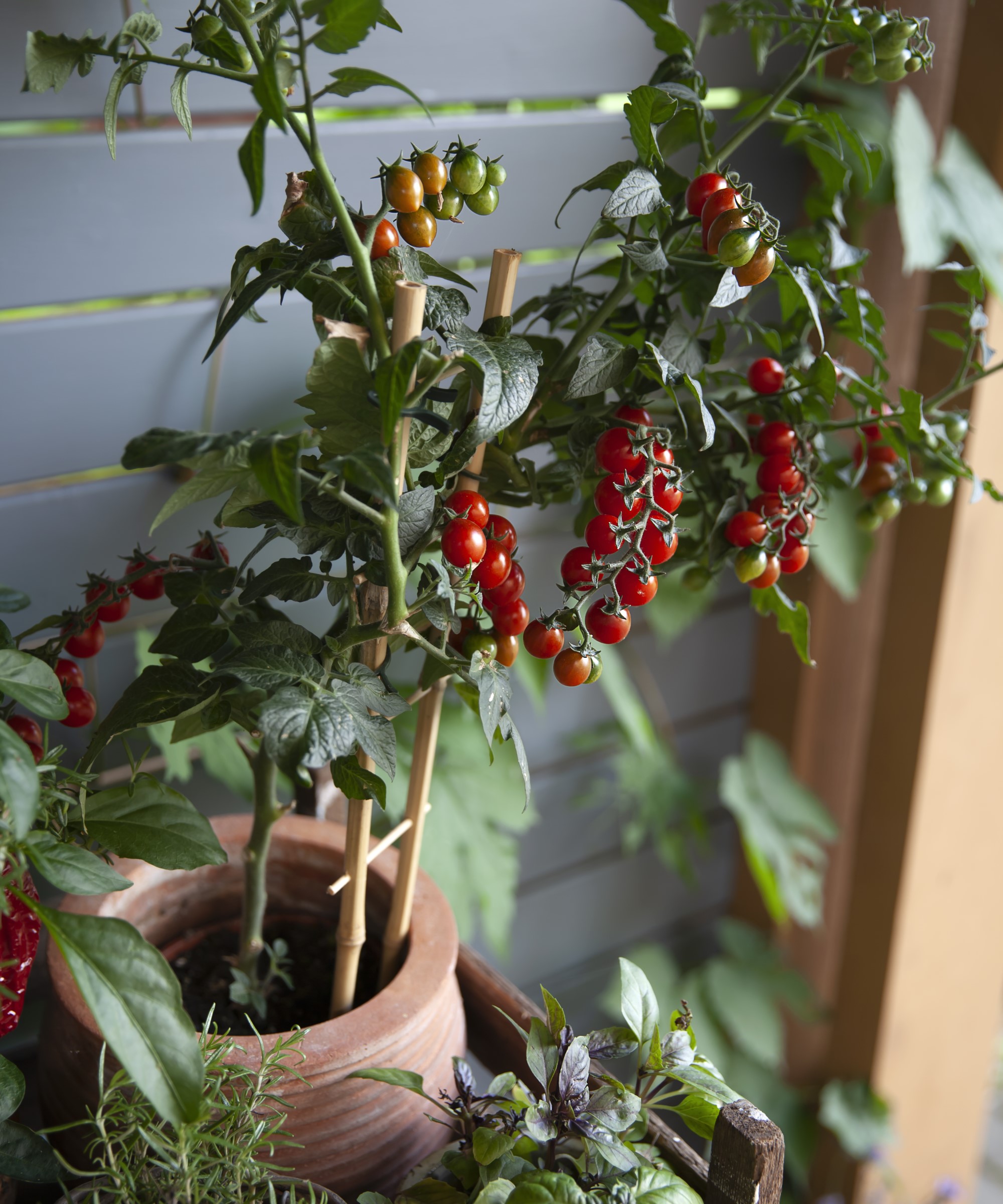
If you’ve ever tried growing tomatoes, you will be familiar with the characteristic scent of their leaves, but did you know these leaves contain a compound called alkaloid which can be used to create a spray that is toxic to aphids and mites?
To make a tomato leaf spray, mix equal quantities of chopped-up tomato leaves with water. Let this steep overnight, before straining it into a spray bottle and applying it to the plant’s leaves.
This is a great way to recycle tomato leaves once you've pruned them – you can learn how to prune tomato plants for a maximum yield.
6. Cinnamon spray
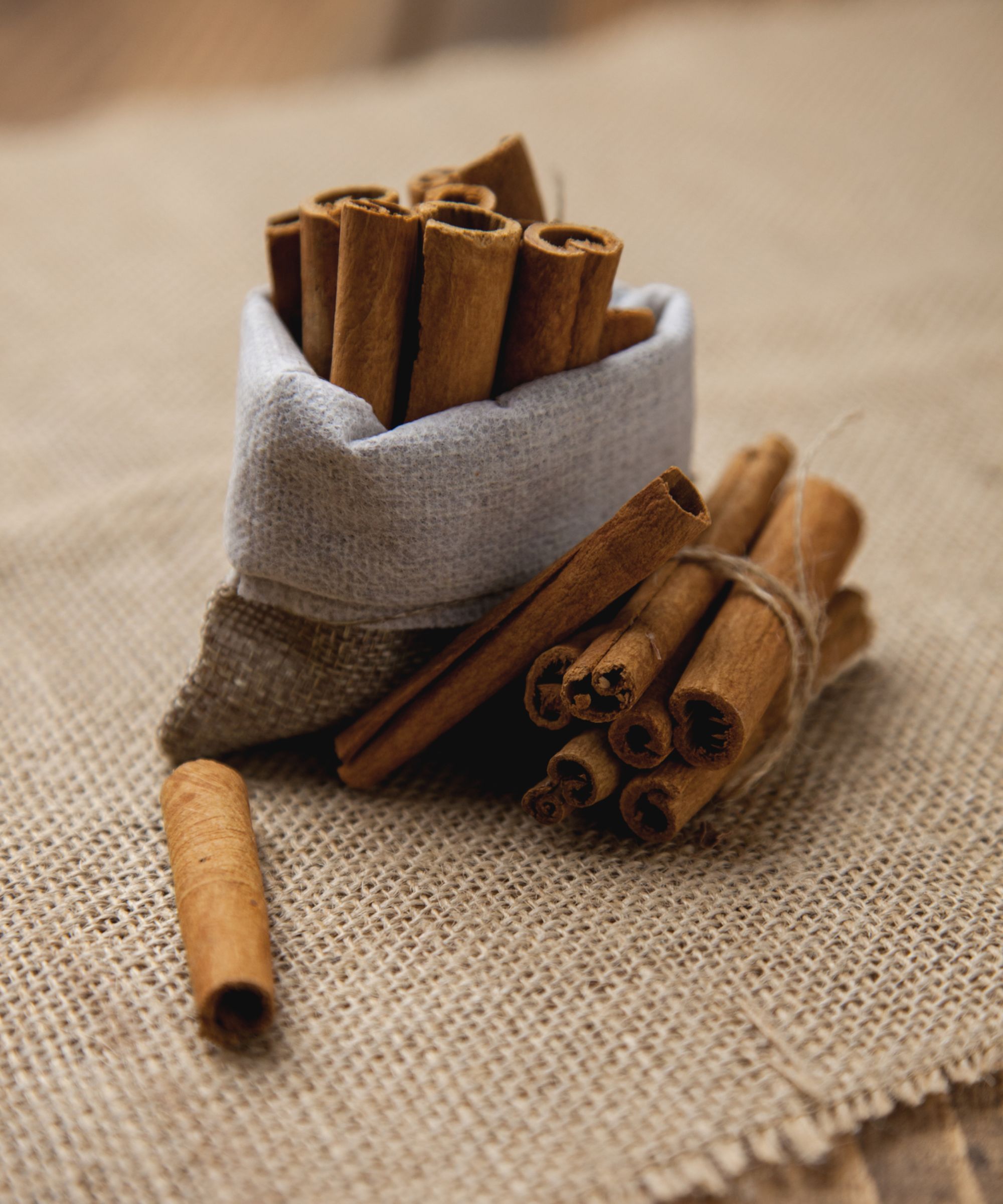
Cinnamon spray is an effective treatment to get rid of ants. If you have an ant problem in your pots or want to keep ants away from dining or patio areas, try applying cinnamon oil or powdered cinnamon to create an effective barrier.
Mix two teaspoons of cinnamon powder, or grind these cinnamon sticks from Walmart, into four cups of warm water. Allow this to steep overnight, then strain through a coffee filter, and then pour into a spray bottle. Mist the potting soil and plants.
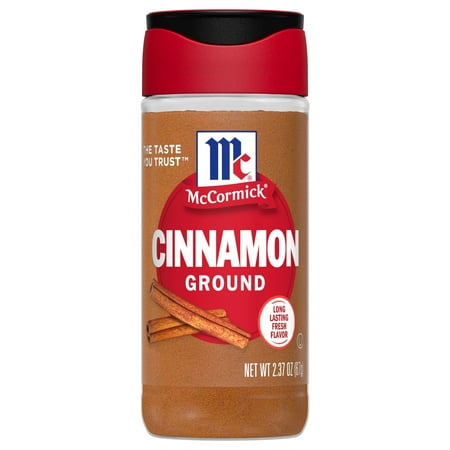
This ground cinnamon powder can be used in a wide range of ways, including for both sweet and savoury recipes.
7. Hot pepper spray
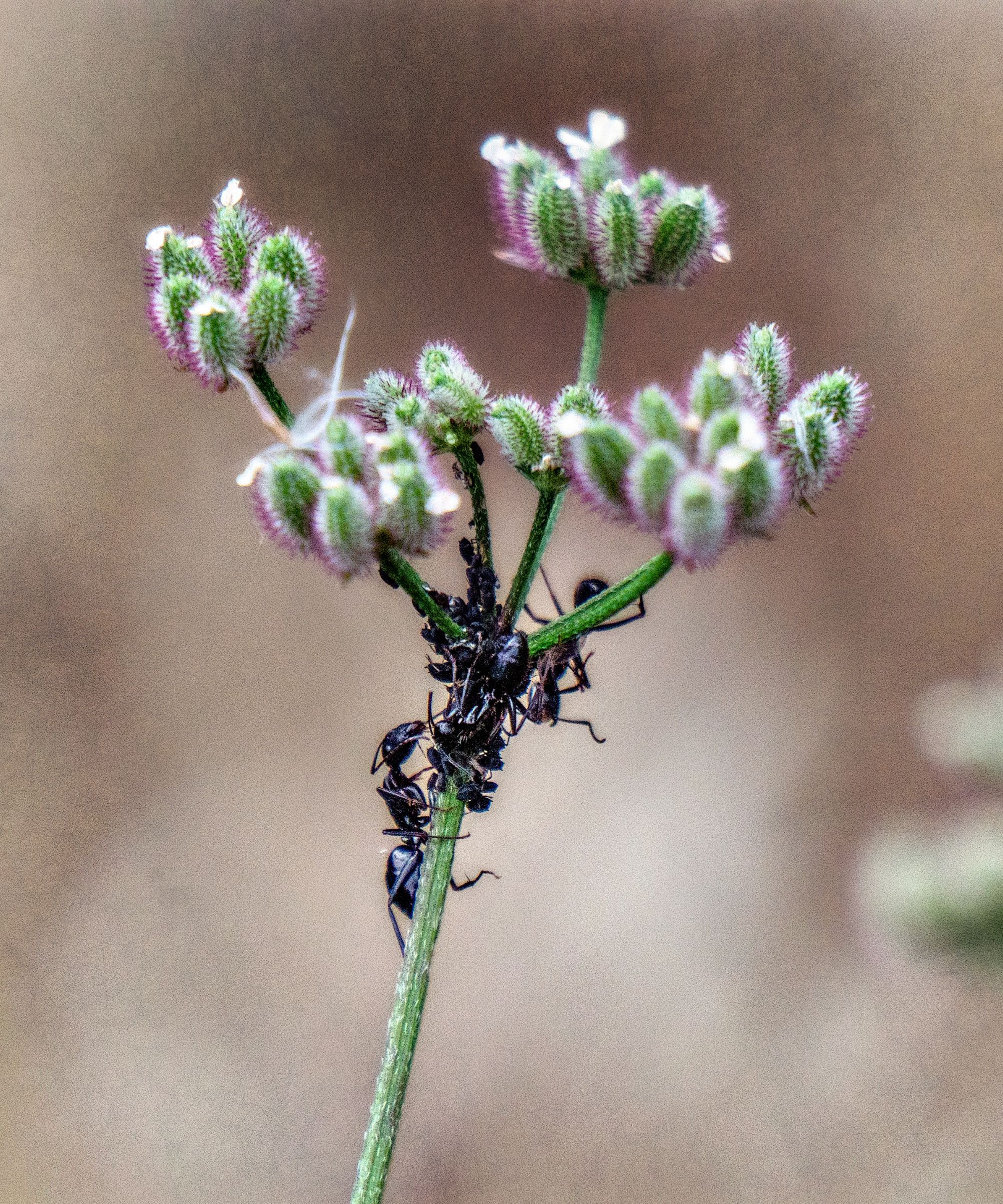
Chili peppers contain capsaicin, which is an ingredient that can effectively deter pests. And despite what you may initially assume, this potent spray won't negatively affect the health of the soil or plants.
Hot pepper spray is particularly effective against chewing insects like caterpillars and beetles. You can easily make this spray by blending chili peppers with water before straining the mixture and then spraying it on your plants. Alternatively, you can mix one tablespoon of cayenne pepper or hot pepper sauce with water and one teaspoon of liquid soap. Pour into a spray bottle and shake well before use.
You should reapply this spray every few days, especially after rain.
8. Witch hazel and essential oils

Many essential oils have been found to have insecticidal properties. These nice-smelling scents garden pests hate can also throw pests off scents they may otherwise be attracted to, such as your best indoor plants. Essential oils are concentrated extracts extracted from pest-repellent plants. Some of the most effective repellents are the oils containing compounds like citronellal, eugenol, and geraniol.
To create the spray, Tony O'Neill says, 'Mix 10-20 drops of essential oils (e.g., citronella, lavender, eucalyptus, rosemary, tea tree, and peppermint oil) with equal parts of water and witch hazel.' This blend can be safely sprayed around garden beds, patios, and even directly on plants.
The beauty of using a particular essential oil or a mix of a few is you can tailor the recipe according to the type of pests you are trying to deter.
For example, one popular mix involves combining equal parts of water and witch hazel with 10 drops of lavender essential oil and five drops each of eucalyptus and citronella oils. Lavender and citronella are known for their insect-repellent properties, while eucalyptus can deter certain pests like mosquitoes.

This kit includes eucalyptus, lavender, lemon grass, orange, peppermint, and tea tree essential oils.
9. Rosemary spray

Rosemary is among the aromatic herbs that many pests can't stand to be around. That's what makes this classic herb garden plant an excellent ingredient for a homemade bug spray.
Simply harvest rosemary with scissors (from Walmart) and boil it in water for 30 minutes. Let the water cool before straining it into a spray bottle.
Alternatively, opt for rosemary oil (available at Amazon) diluted in water. As mentioned by Jeremy Yamaguchi, oil sprays smother bugs and kill them. On top of this, the scent of rosemary oil will still deter mosquitoes, spiders, ants, moths, and more.
FAQs
How can you make a cooling spray for insect bites?
Some bug sprays can be used not just to repel pests, but also when they are kept in the fridge, they can be used as a cooling spray if you have been bitten by an insect. One recipe to try is mixing two tablespoons of chopped fresh mint, basil, and lavender into one cup of boiled and cooled water. Strain the mixture and then add one cup of witch hazel before shaking the liquid well. Always seek medical advice if you have a bad reaction to insect bites.
Homemade bug sprays should only be used as a short-term solution – at the same time as treating pests, think of adding other plants to your garden that will encourage insects and animals that prey on the problem bug. For example, if you want to get rid of slugs, can you attract more birds?
If you need to get rid of aphids, could you plant angelica, fennel, and dill nearby to attract ladybirds? There are lots of different companion planting ideas that will help you to reduce pests in your plot. By creating a balanced garden, you will find that you have less and less need for bug sprays.
Sign up to the Homes & Gardens newsletter
Design expertise in your inbox – from inspiring decorating ideas and beautiful celebrity homes to practical gardening advice and shopping round-ups.

Having graduated with a first class degree in English Literature, Holly started her career as a features writer and sub-editor at Period Living magazine, Homes & Gardens' sister title. Working on Period Living brought with it insight into the complexities of owning and caring for period homes, from interior decorating through to choosing the right windows and the challenges of extending. This has led to a passion for traditional interiors, particularly the country-look. Writing for the Homes & Gardens website as a content editor, alongside regular features for Period Living and Country Homes & Interiors magazines, has enabled her to broaden her writing to incorporate her interests in gardening, wildlife and nature.
- Lola HoultonNews writer
- Tenielle JordisonNews Writer (Gardens)
-
 I just discovered the best non-toxic product for getting rid of ants in your yard – and you probably already have it in your bathroom cupboard
I just discovered the best non-toxic product for getting rid of ants in your yard – and you probably already have it in your bathroom cupboardThis household item is an effective ant deterrent that doesn't leach harmful chemicals into your soil
By Tenielle Jordison Published
-
 7 spring home maintenance mistakes to never make – overlooking these now can lead to pest problems and structural damage
7 spring home maintenance mistakes to never make – overlooking these now can lead to pest problems and structural damageHome improvement pros share common mistakes and what to do instead
By Eve Smallman Published